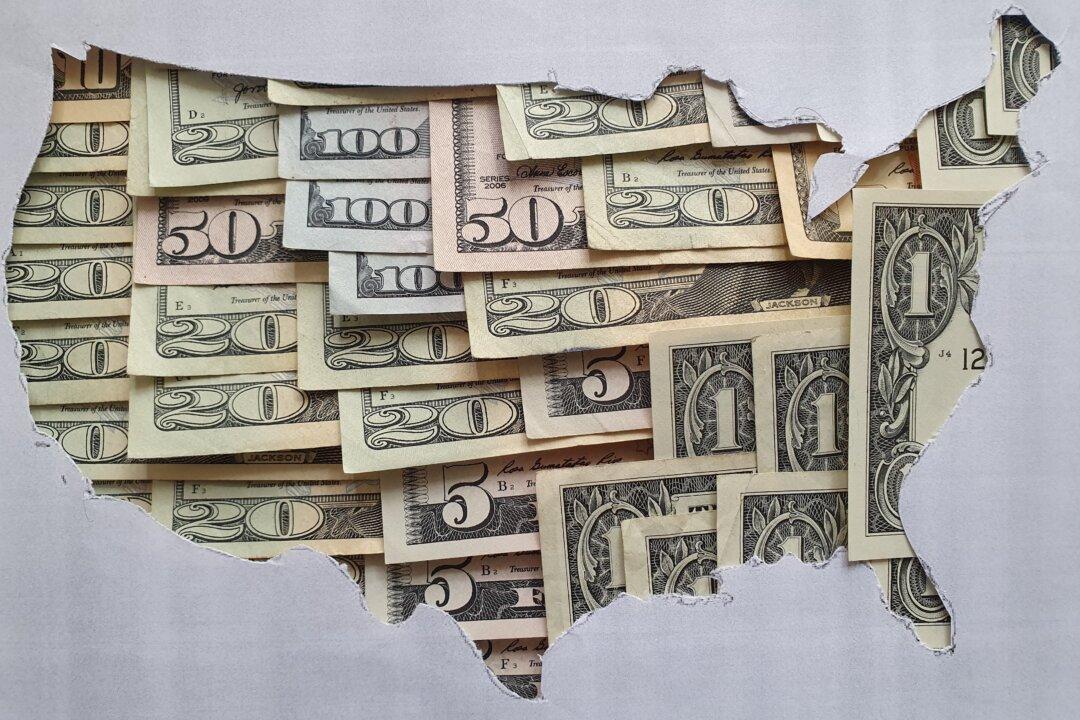Commentary
Once upon a time, being in debt up to your eyeballs was bad. Years back, I remember chatter and gossip about people and companies burdened by debt. Nowadays, this has changed; no such shame exists.

Once upon a time, being in debt up to your eyeballs was bad. Years back, I remember chatter and gossip about people and companies burdened by debt. Nowadays, this has changed; no such shame exists.